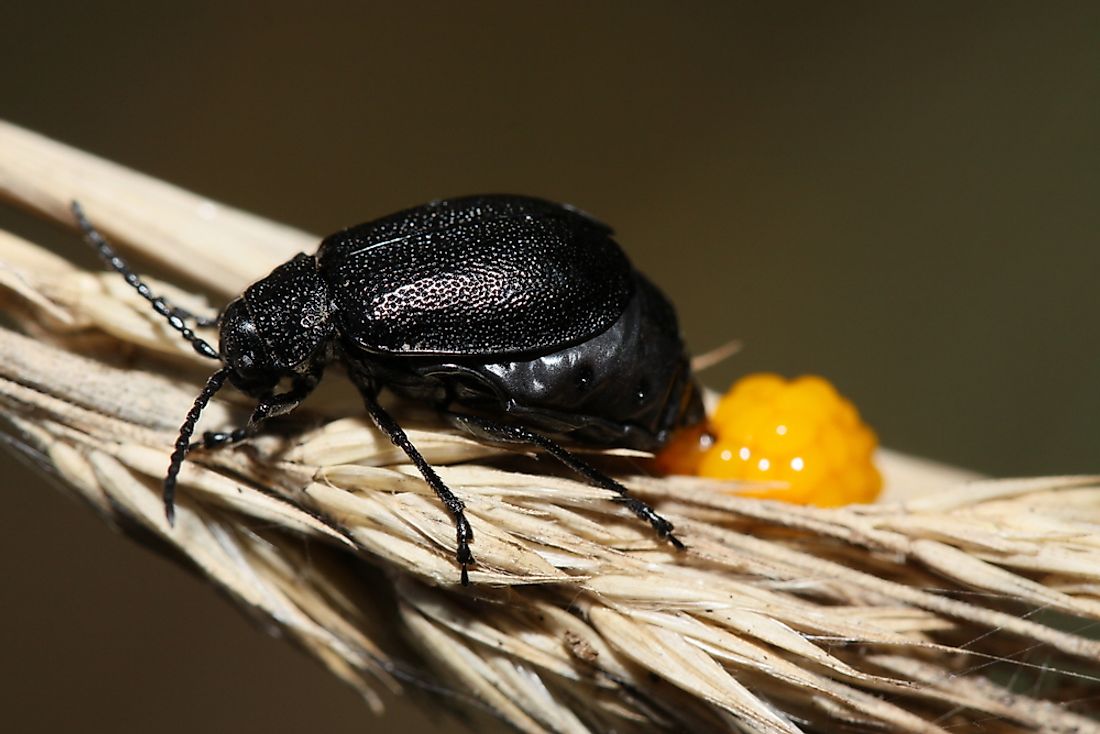Animals That Lay Eggs - Oviparous Animals

What Are Oviparous Animals?
Oviparous animals are animals that lay eggs. Fertilization is either internal or external but the eggs hatch in an external environment and not in the mother's womb. Oviparous animals include birds, reptiles, amphibians, and fish. There are only two mammals that are oviparous; the platypus and four species of echidnas. Some oviparous animals are ovoviviparous meaning they incubate the eggs within the body instead of a nest; they include snakes and sharks.
What Are Viviparous Animals?
Viviparous animals are animals that give birth to living young ones. Female eggs are fertilized within the body, and the embryo develops in a special organ. The developing embryo receives nutrients directly from the host unlike in oviparous animals where the embryo gets nutrients from the york. Once the embryo is fully developed it is expelled from the female’s body.
Fertilization in Oviparous Animals
Oviparity is an evolutionary strategy that allows animals to lay single or several eggs at a time. For fertilization to occur, the male sperm must find its way to the female ovum. Fertilization occurs internally within the female body or in a conducive external environment such as an aquatic habitat. Once the sperm meets the ovum, fertilization occurs, and an embryo develops within the egg. Although some oviparous animals produce several eggs, they are incredibly fragile. The eggs risk being damaged by the change in environment or preyed on by predators. The large volume of eggs ensures that some survive predators. Oviparous animals hide and protect their eggs unlike ovoviviparous and viviparous. Birds build nests on top of trees while reptiles are known to bury eggs on the sand.
Differences Between Oviparous and Viviparous Animals
- Oviparous animals lay eggs that hatch outside the mother's body while viviparous animals give birth to living young ones.
- Fertilization in oviparous animals can either be internal or external, but fertilization in viviparous animals can only occur internally.
- The embryo of oviparous animals occur outside the female unlike those of viviparous animals that occur inside the female
Which Animals Lay Eggs?
Some of the animals that lay eggs include:
Birds
Birds lay one or two eggs. The chances of the egg surviving are lower compared to mammals. Birds spend much time taking care of the egg and the young ones.
Amphibians
Amphibians include salamanders, frogs, and newts. They can survive in and out of the water but need to remain moist at all time. Amphibians lay eggs that are fertilized externally by the males.
Reptiles
Reptiles include crocodiles, snakes, lizards, and turtles. These animals are adapted to live on land or in water. They barely tend to their nests, but crocodiles will attack creditors that stray too close to the nest.
Fish
Female fish expel their eggs in small sand holes or aquatic plants. The males release the sperms onto the eggs. Other fish such as the cichlids protect the fertilized eggs by keeping them in their mouths.
Arthropods
Arthropods including myriapods, crustaceans, arachnids, and hexapods. Some lay internally fertilized eggs while others lay eggs that are fertilized externally.











